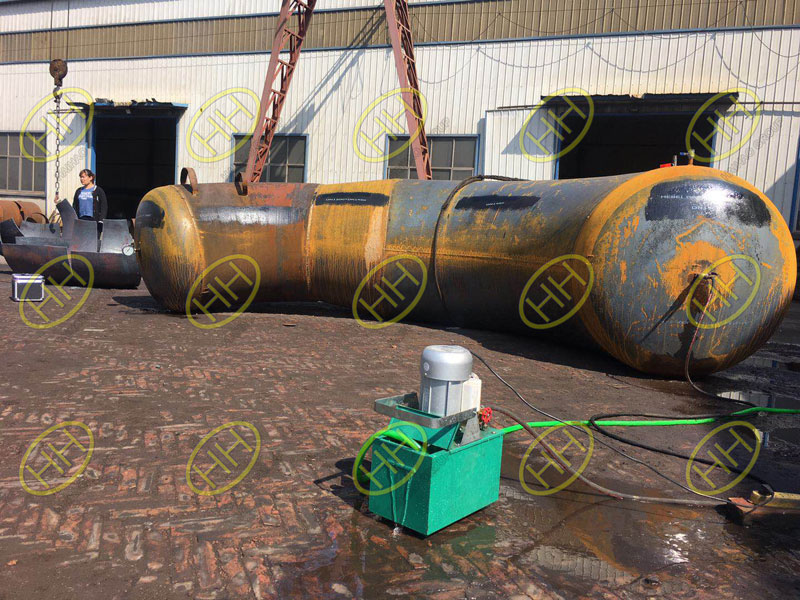Understanding hydrostatic testing of pipe fittings
Hydrostatic testing is a critical procedure in the pipeline and piping industry, ensuring the integrity and safety of pipe fittings before they are put into service. This testing method involves the use of water or another liquid to assess the strength and leak-tightness of a piping system or its components. Here, we will explore the concept of hydrostatic testing, the steps involved in the procedure, and its various applications.
Concept of Hydrostatic Testing
Hydrostatic testing is designed to evaluate the performance of pipe fittings under pressure. The primary goal is to identify any leaks or weaknesses in the material that may compromise the safety and functionality of the piping system. During the test, the pipe fittings are filled with water, and pressure is applied beyond their normal operating conditions. This helps in detecting flaws that could lead to catastrophic failures if not addressed.
Steps Involved in Hydrostatic Testing
1.Preparation:
Inspect the pipe fittings and ensure they are clean and free from debris or contaminants.
Check all connections, flanges, and joints for any visible signs of damage.
2.Setup:
Connect the pipe fittings to a hydrostatic testing apparatus, ensuring that all seals are secure.
Use appropriate fittings and valves to control the flow of water and pressure during the test.
3.Filling:
Fill the pipe fittings with water, making sure to eliminate any air pockets, as trapped air can lead to inaccurate results.
This is often done slowly to prevent sudden pressure changes that could damage the fittings.
4.Pressurization:
Gradually increase the pressure to the specified test pressure, which is typically 1.5 times the maximum operating pressure of the fittings.
Maintain this pressure for a specified duration, usually between 10 to 30 minutes, depending on industry standards.
5.Observation:
Monitor the fittings for any signs of leaks or deformation during the test period.
If any leaks are detected, mark the area for further inspection and repair.
6.Depressurization and Draining:
Once the test is complete, gradually release the pressure and drain the water from the fittings.
Inspect the fittings again to confirm that no damage has occurred during the testing process.
7.Documentation:
Record all test results, including the pressure levels, duration, and any observations made during the test.
This documentation is crucial for compliance with industry standards and regulations.
Applications of Hydrostatic Testing
Hydrostatic testing is widely used in various industries, including:
Oil and Gas: To ensure the safety and integrity of pipelines that transport oil, gas, and other fluids under high pressure.
Water Supply: For testing municipal water supply lines to prevent leaks that could lead to significant losses or contamination.
Manufacturing: To verify the quality of pipe fittings and components before they are deployed in critical applications.
Construction: In building services, hydrostatic testing is employed for fire protection systems and other plumbing applications.
Hydrostatic testing is an essential procedure for ensuring the reliability and safety of pipe fittings in various applications. By following the proper steps and adhering to industry standards, manufacturers and operators can effectively identify potential weaknesses, preventing costly failures and ensuring safe operation. As the demand for reliable piping systems continues to grow, hydrostatic testing remains a vital part of quality assurance in the industry.

